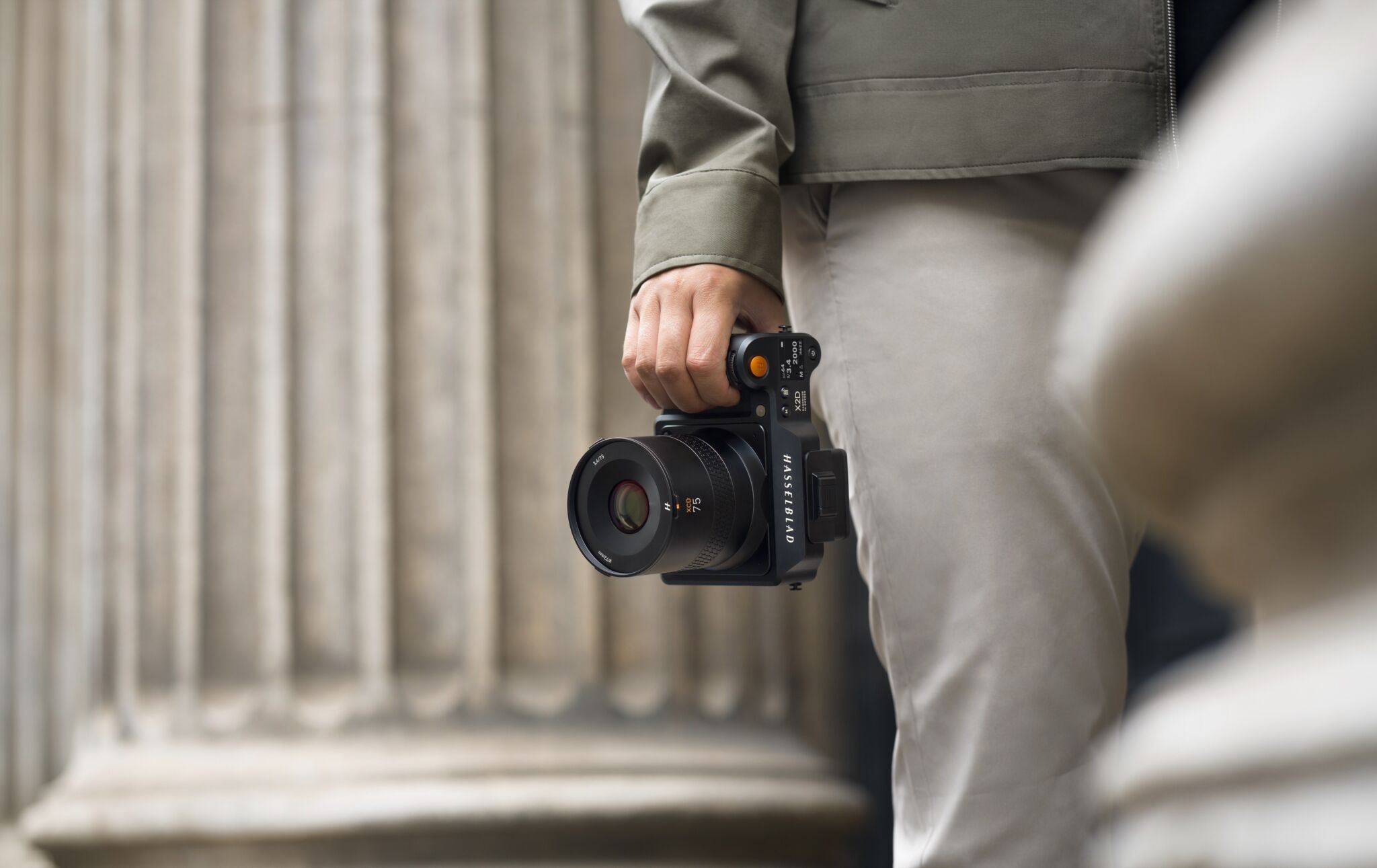Hasselblad has announced a new lens in its “P” series, the XCD 3,4/75P. This lightweight portrait lens boasts advanced optical design, a linear focusing module, and a compact central shutter. Discover the features of Hasselblad’s latest lens in this article.
Profoto, Broncolor or Godox? Find out in this article which is the best battery-powered monobloc flash among the AD600Pro II, the B10X and the Siros 800L.
We explore in detail the features of these market-leading monobloc flashes and compare them according to several important criteria: power, design and build quality, user interface and ease of use, quality of light and flash duration. Make the best choice according to your photographic needs.
Table of contents
-
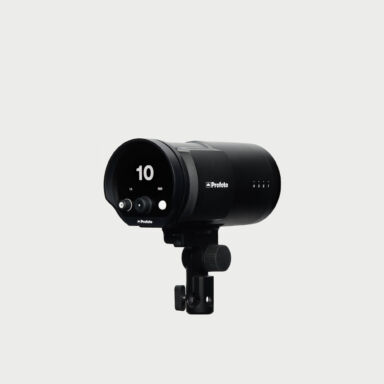
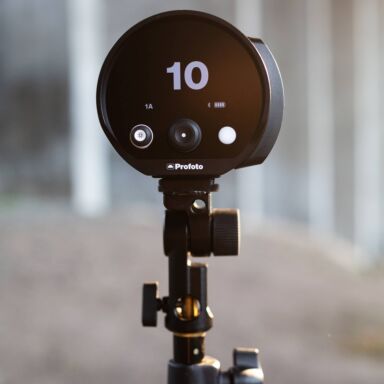 -17 %On backorder
-17 %On backorder1.995,00 €Original price was: 1.995,00 €.1.649,00 €Current price is: 1.649,00 €. -
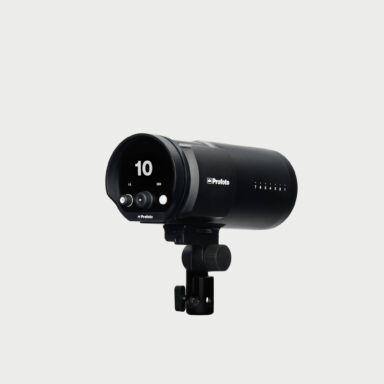
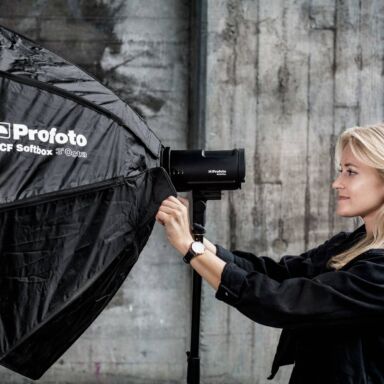 In stock2.395,00 €
In stock2.395,00 €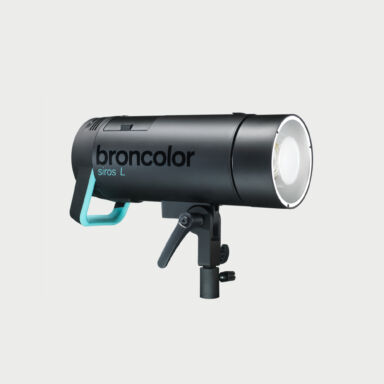 -20 %In stock
-20 %In stock3.401,31 €Original price was: 3.401,31 €.2.499,00 €Current price is: 2.499,00 €.Features to consider when choosing your monobloc flash...1. Flash power
When we compare the power of the different flashes in action in a softbox, we find that the Broncolor Siros 800L is the most powerful at 800 Ws. However, it’s not much more powerful than the Godox AD600Pro II, with a difference of just 200 Ws.
The B10X is the smallest of them all and also the least powerful flash, at just 250 Ws. If you’d like to go the Profoto route, but are looking for more power, you can opt for the B10X Plus, which offers 500 Ws of power. Even so, it’s still inferior to the other two flashes offered by Godox and Broncolor.
2. Light shape with the standard reflector
In this respect, the Broncolor is clearly superior with the standard reflector. The light shape of the light produced is excellent and with a very good gradient of light.
Very close is the Profoto flash units with a slightly more spot feeling of the light but great gradient. Note that the flash tube is built into the body and cannot be exposed, this can be a drawback for some photographers.
Godox’s AD600Pro II offers less uniform light and a very small gradient.
3. Flash duration
Flash duration is closely linked to flash power. In this comparison, it’s important to note that we’re comparing flash units of different power ratings: B10X (250 Ws), B10X Plus (500 Ws), AD600 Pro II (600 Ws) and Siros 800L (800 Ws).
The Godox AD600 Pro II particularly stands out with a flash duration of 1/2570 in Freeze mode without shift in color.
If you’re looking for the fastest flash possible, the Profoto B10X Plus achieves a speed of 1/16500 when set to minimum power.
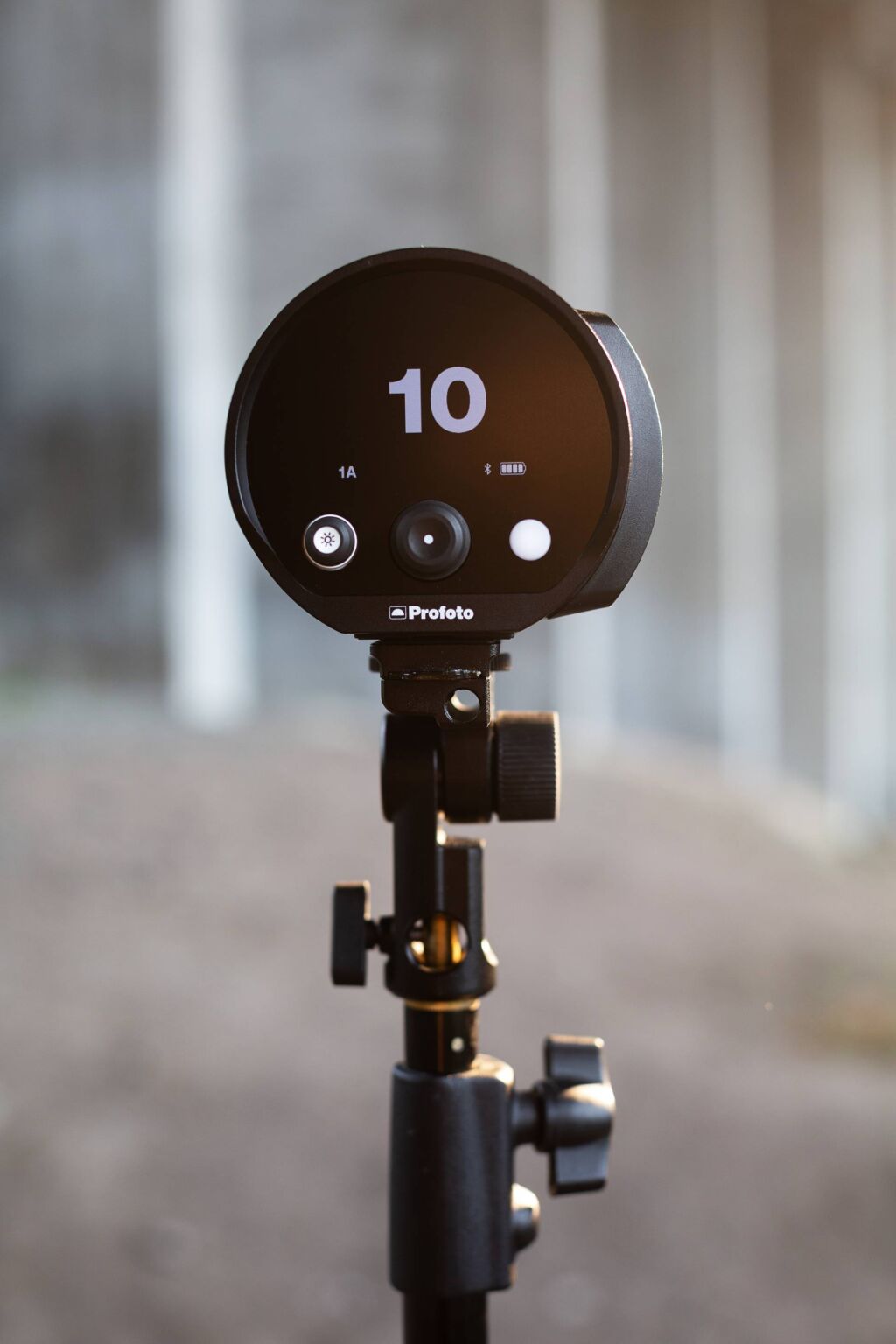
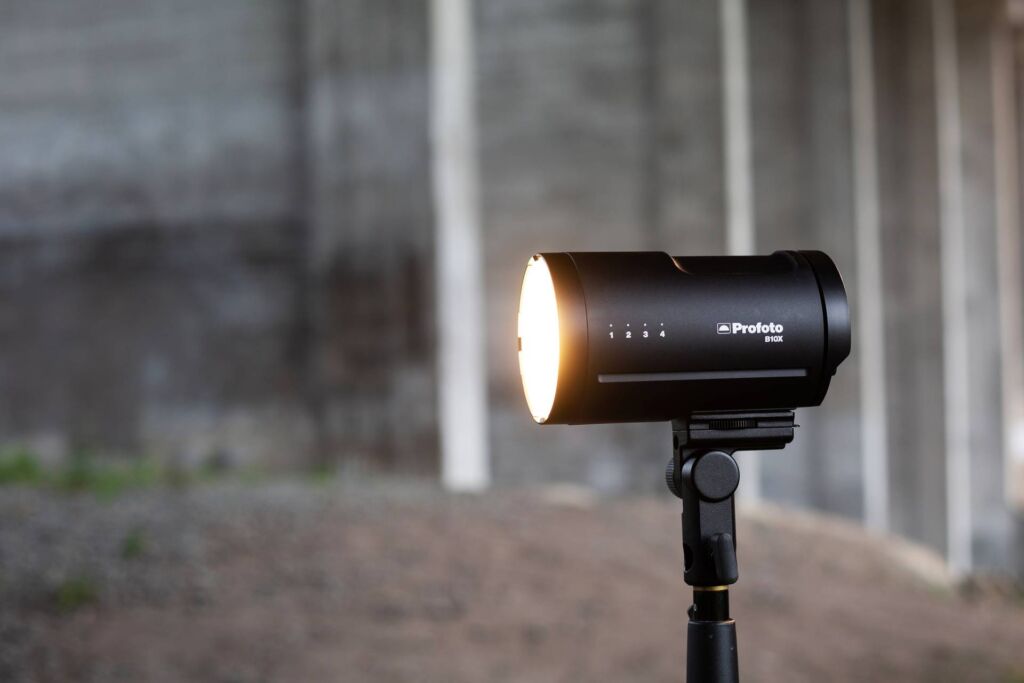
4. Design and build-in quality of monobloc flash units
The design of the Godox AD600 Pro II has clearly evolved from its predecessors, the AD600 and AD600 Pro models.
The build-in quality of the Godox AD600 Pro II is good, but not exceptional, which is understandable given its price. It’s solid enough for regular use, even if it doesn’t really look top-of-the-range.
The Profoto B10X and B10X Plus flash units stand out unsurprisingly for their superior build quality, true to the brand’s reputation. Their compact, lightweight design makes them particularly easy to carry around.
The battery, which attaches to the side, and the display on the back of the flash offer highly intuitive operation. What’s more, the buttons on these flash units have a much more professional and solid feel than those on the Godox AD600 Pro II.
Broncolor’s Siros 800L is a rather massive, bulky flash unit. It’s the only one of the four to be made entirely of metal, which gives it a premium, elegant look, but on the other hand, it’s heavy and scratches easily.
Unlike the B10X, B10X Plus and AD600 Pro II, it doesn’t feature a modern LCD screen, but an analog display. Despite its good build-in quality, it seems a little outdated in terms of design compared with other more recent models.
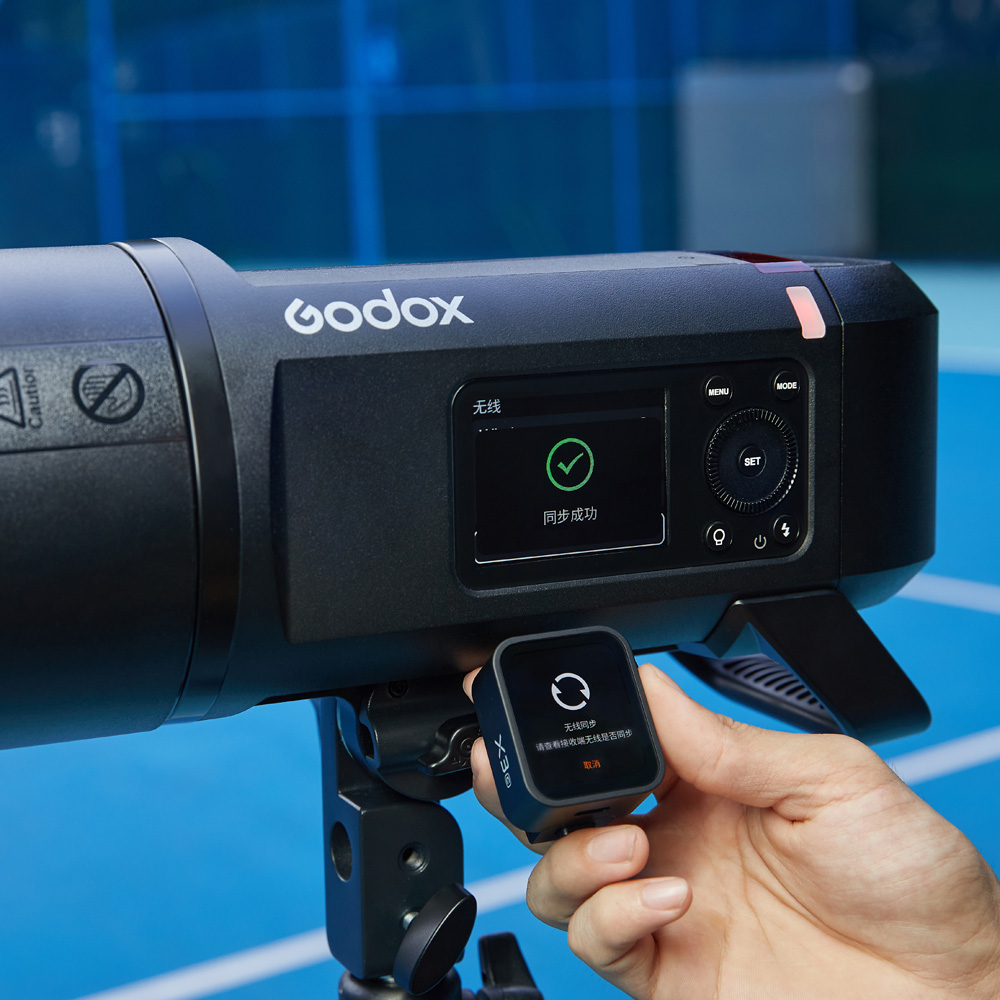
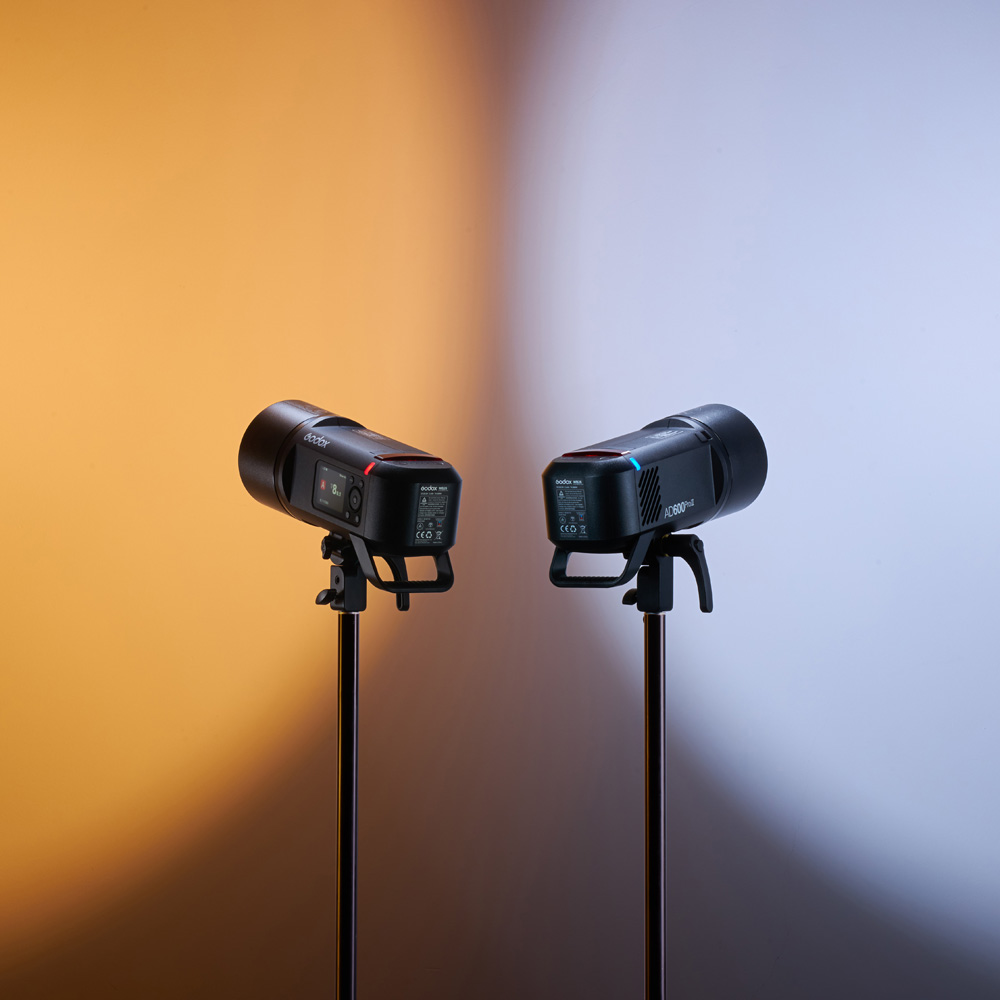
5. Interface and ease of use
The interface of the Godox AD600Pro II is simple and intuitive. The menu makes it easy to adjust power, flash modes and modeling light options, without having to consult the manual.
The flash features an LCD screen, a rotary dial to adjust power and a “mode” button to toggle between TTL, multimode and manual.
Although less premium than more expensive models, the interface remains functional and efficient, meeting the needs of most photographers at a reasonable price.
For Profoto flash units, the user interface is located on the back of the flash and is even simpler than that of the Godox, with just three buttons. The first is used to switch on the modeling light, the second to access the menu and navigate, and the last to switch the flash on and off.
The Siros 800L has a much more information-rich and therefore more complex interface.
However, even if you’re a lighting expert, you’ll probably need to consult the user manual first to master the Siros 800L.
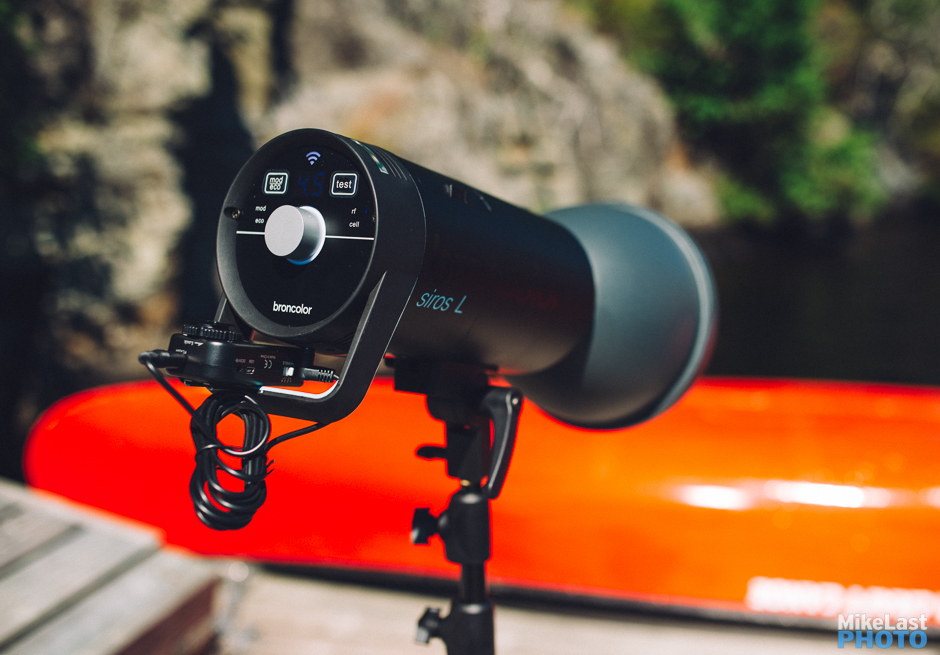
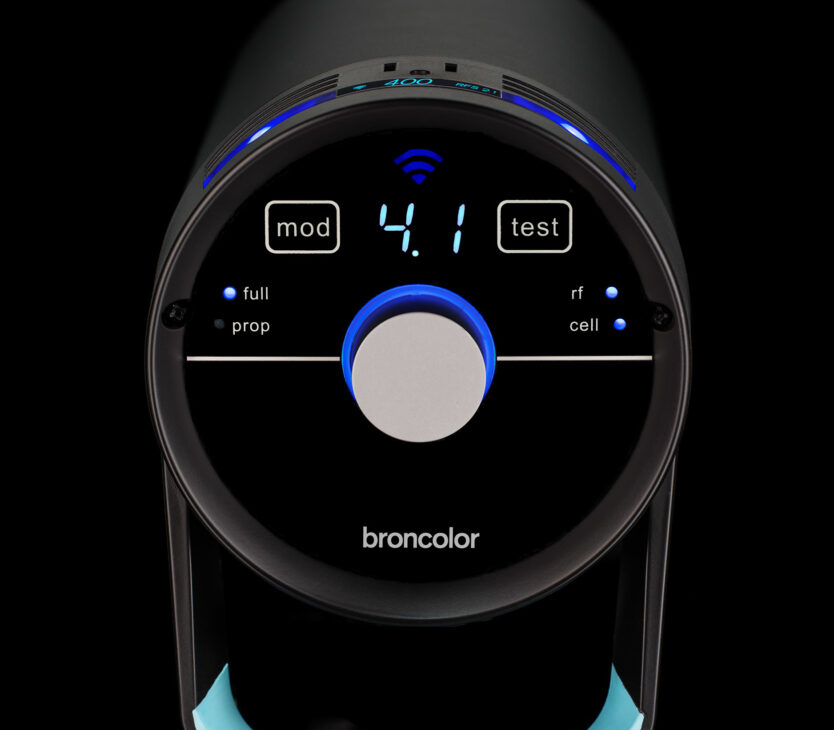
6. Flash triggers
Here are the strengths and weaknesses of the flash triggers for each monobloc.
-
Godox X3 Transmitter for Ad600Pro II
Pros: Small and inexpensive touchscreen
Cons: Too small and sometimes difficult to navigate
-
Profoto Connect Pro for B10X/B10X Plus
Pros: Medium size and easy to use
Cons: No touch screen
-
Broncolor RFS 2.2 S Transceiver for Siros 800L
Pros: Wide operating range and multiple options
Cons: Complicated and outdated
-
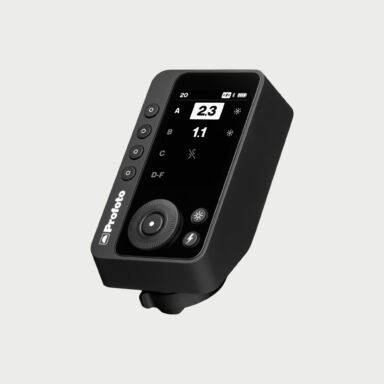
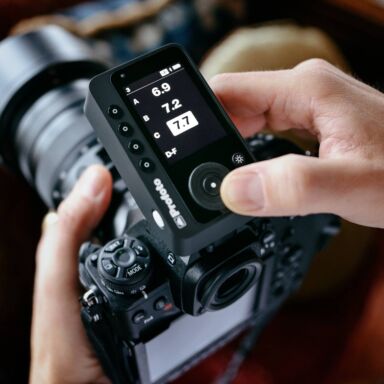 In stock429,01 €
In stock429,01 €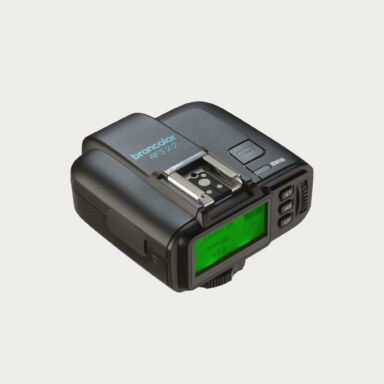 On order171,82 €
On order171,82 €AD600ProII VS B10X VS Siros 800L: which is the best flash and which to buy?
The Godox AD600Pro II offers excellent value for money, with fast flash duration in Freeze mode and good color consistency.
As the most affordable of the four models, its construction is a little less polished, which is understandable given its price.
The Profoto B10X and B10X Plus flash units are distinguished by their compact design and high build quality. The B10X offers 250 Ws, while the B10X Plus reaches 500 Ws. Their simple interface, with just three buttons, makes them very intuitive.
The Siros 800L is the most powerful flash in this comparison, at 800 Ws, and offers exceptional light shape. However, its interface and design may seem a little outdated compared with more recent models.
The Siros 800L is the older flash of this comparison and Broncolor may need to update it to remain competitive with other brands.
Order your flash
-

 -17 %On backorder
-17 %On backorder1.995,00 €Original price was: 1.995,00 €.1.649,00 €Current price is: 1.649,00 €. -


More tips & reviews
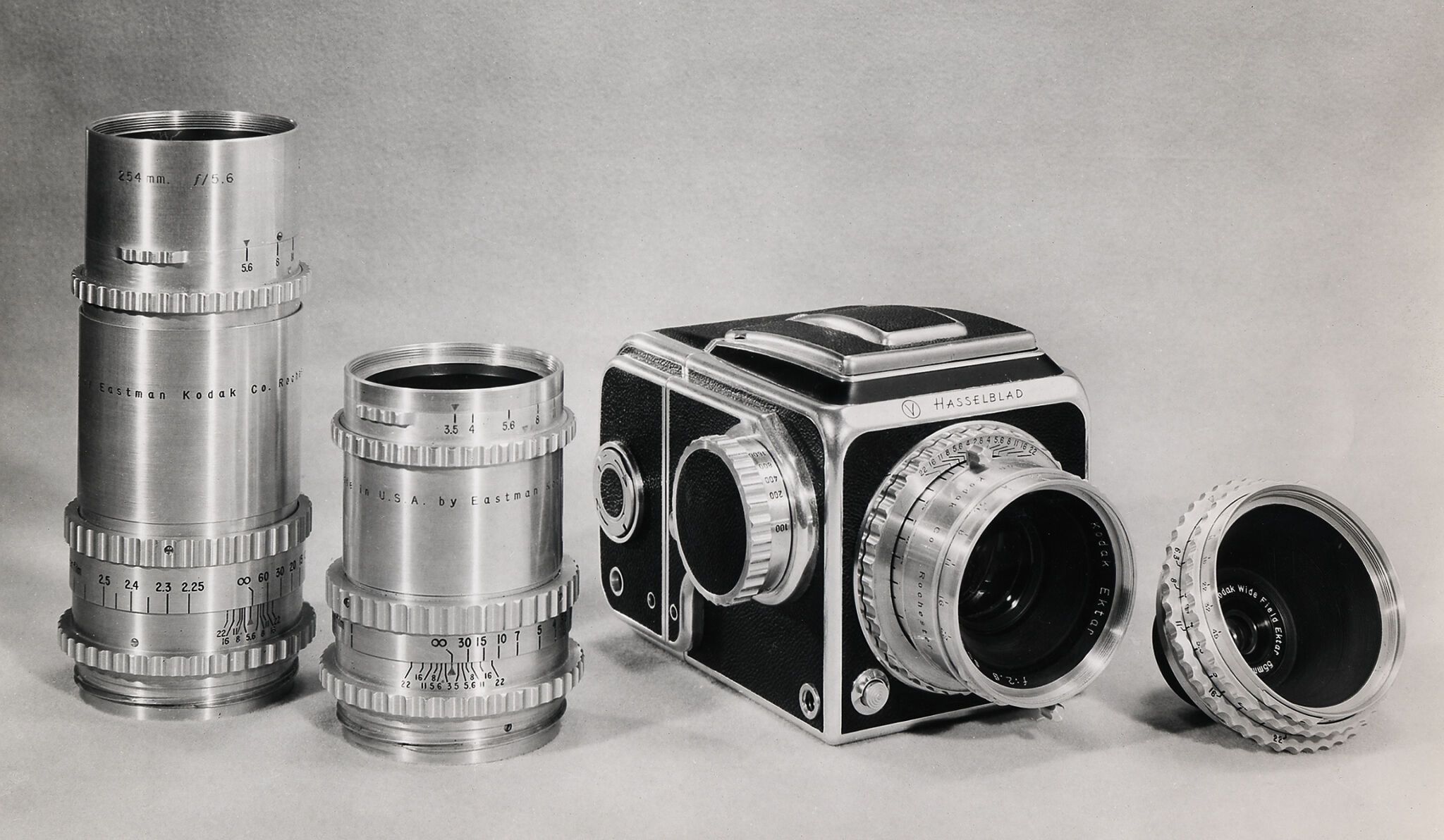
The story of Hasselblad: The reference in high-end medium format
Hasselblad cameras are among the most iconic in the world of photography. The brand is renowned for its collaboration with the military and NASA, as well as for the launch of innovative medium-format cameras. Find out more about the history of the Hasselblad brand in this article.
Last edit on 14.04.25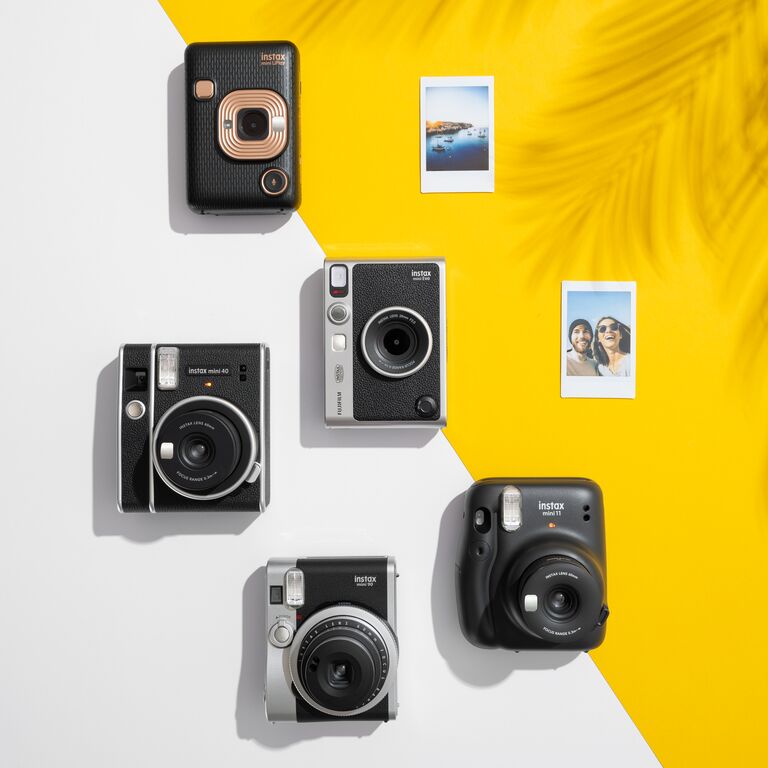
Which Instax Mini instant camera to choose in 2025?
Instax is one of the leading brands in instant photography. Discover which Instax Mini instant camera to choose based on your expected photos and budget. Compare the Instax Mini 12, Mini 99, Mini 40, Mini Evo Type C, and select the one that best suits you.
Last edit on 15.01.25
Subscribe to our newsletter and get a discountSign up now- Keep in touch on instagram
- Keep in touch on instagram
- Keep in touch on instagram
- Keep in touch on instagram
- Keep in touch on instagram
- Keep in touch on instagram
- Keep in touch on instagram
- Keep in touch on instagram
- Keep in touch on instagram
- Keep in touch on instagram
50.8 Shop • All rights reserved, 2025 • Made with 🍟 in BelgiumTerms & Privacy Policy Cookie preferences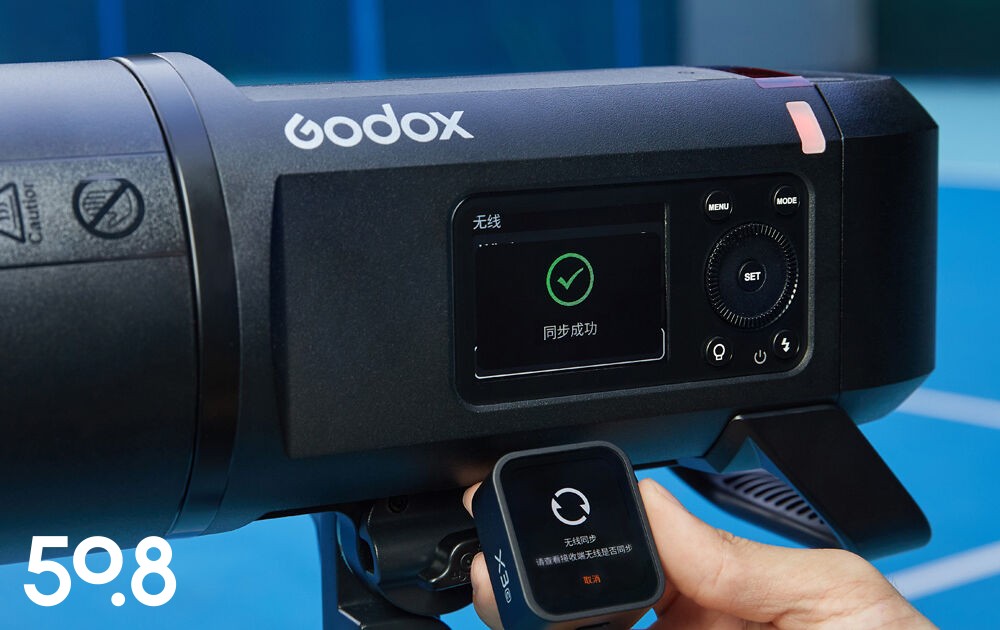
Subscribe and get a discount*
Benefit from exclusive offers, inspiring stories and a welcome voucher when you subscribe.
By registering, you agree to receive electronic communications from 50.8 and our Terms & Privacy Policy. *Offer is valid for minimum order of 150€
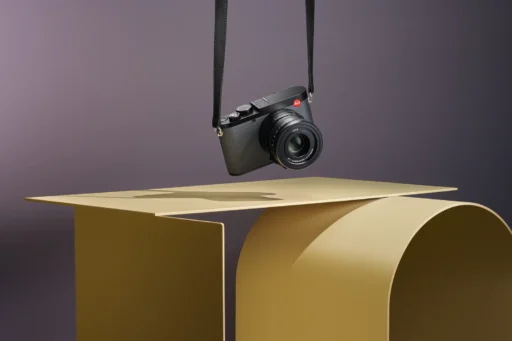


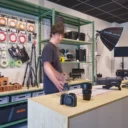
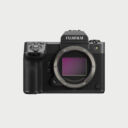 Photo
Photo 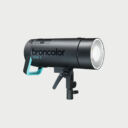 Lighting
Lighting 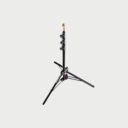 Tripods & Grip
Tripods & Grip 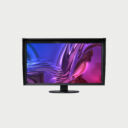 Digital
Digital 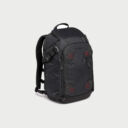 Bags & Cases
Bags & Cases 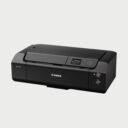 Printing
Printing 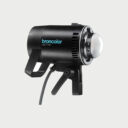 Continous lights
Continous lights 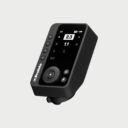 Transmitters
Transmitters 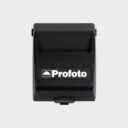 Accessories & Parts
Accessories & Parts 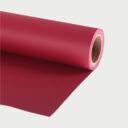 Accessories tripods & grips
Accessories tripods & grips 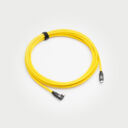 Cables & Tether
Cables & Tether 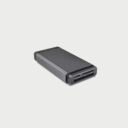 Hub & Adaptaters
Hub & Adaptaters 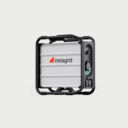 Portable power stations
Portable power stations 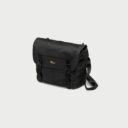 Sling bags
Sling bags 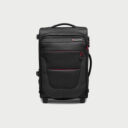 Rolling bags
Rolling bags 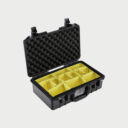 Hard cases
Hard cases 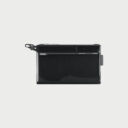 Organizers & Pouches
Organizers & Pouches 